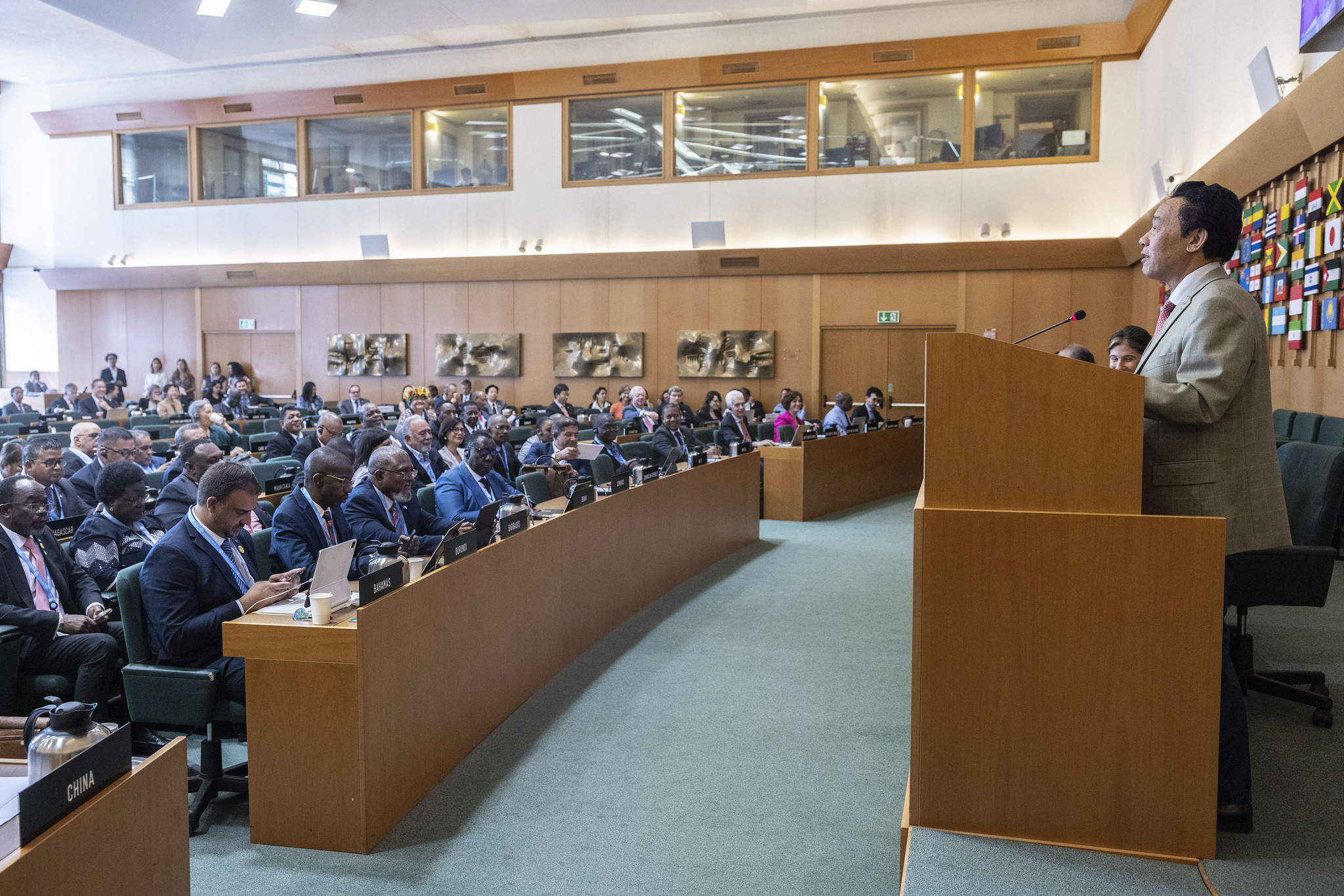Sustainable Transformation In Least Developed Countries: Fostering Resilience

Table of Contents
Investing in Sustainable Infrastructure
Sustainable infrastructure is the cornerstone of economic growth and improved living standards in LDCs. Investing in resilient infrastructure creates a ripple effect, benefiting various sectors and improving the overall quality of life. This includes:
-
Renewable energy infrastructure: Shifting away from fossil fuels towards solar, wind, hydro, and geothermal energy sources enhances energy security, reduces reliance on volatile global markets, and minimizes environmental damage. This transition requires significant investment in grid modernization and renewable energy technologies.
-
Resilient transportation networks: Investing in climate-resilient roads, railways, and ports improves connectivity, facilitates trade, and enhances access to markets for agricultural products and other goods. This strengthens supply chains and promotes economic diversification.
-
Improved water and sanitation systems: Access to clean water and sanitation is fundamental to public health. Sustainable water management practices and investment in improved sanitation facilities are crucial for reducing waterborne diseases and improving hygiene. This reduces healthcare costs and increases productivity.
Funding mechanisms for these projects often involve a combination of domestic resources, international development assistance, and public-private partnerships. International cooperation and knowledge sharing are crucial for effective and sustainable infrastructure development.
Promoting Sustainable Agriculture and Food Security
Sustainable agriculture is paramount for ensuring food security and reducing poverty in LDCs. Climate change poses a significant threat to agricultural productivity, requiring a shift towards climate-smart agriculture. Key strategies include:
-
Climate-smart agriculture: Adopting drought-resistant crops, implementing water-efficient irrigation techniques, and promoting agroforestry practices enhances resilience to climate variability. This ensures food security even in the face of extreme weather events.
-
Sustainable land management: Combating land degradation through techniques like conservation tillage, crop rotation, and integrated pest management prevents soil erosion and maintains long-term productivity. This ensures the long-term viability of agricultural systems.
LDCs often face challenges such as limited access to technology, inadequate agricultural extension services, and lack of access to credit and markets. Investing in agricultural research, providing farmers with training and support, and improving market access are vital for promoting sustainable agriculture and achieving food security.
Empowering Women and Marginalized Communities
Empowering women and marginalized communities is crucial for driving sustainable transformation. Their active participation is essential for achieving sustainable development goals. This requires:
-
Providing access to education, healthcare, and financial services: Education empowers individuals, while access to healthcare ensures a healthy and productive workforce. Financial inclusion enables economic participation and improves livelihoods.
-
Promoting gender equality and social inclusion: Addressing gender inequalities and promoting social inclusion fosters a more equitable society, unlocking the potential of all members. This increases productivity and reduces social inequalities.
Policies and programs specifically designed to support women and marginalized communities, such as access to land ownership, credit facilities, and leadership training, are vital for their empowerment.
Fostering Good Governance and Institutional Capacity
Effective governance and strong institutions are critical for sustainable development. This involves:
-
Transparent and accountable governance: Combating corruption and promoting transparency builds public trust and ensures resources are used effectively. This improves the effectiveness of government programs and builds public trust.
-
Effective rule of law: A strong rule of law protects property rights, enforces contracts, and ensures a fair and just society. This promotes investment and economic development.
-
Strong public institutions: Efficient and well-functioning public institutions are vital for delivering public services and implementing development policies effectively. This ensures that government resources are used efficiently.
International partners play a crucial role in supporting institutional capacity building through technical assistance, training, and financial support.
Leveraging Technology for Sustainable Development
Technology offers significant potential for accelerating sustainable transformation in LDCs. This includes:
-
ICT for development: Information and communication technologies (ICTs) improve access to information, education, and healthcare. This enhances the capacity of communities to adapt to changing circumstances.
-
Mobile banking: Mobile banking expands access to financial services, enabling entrepreneurship and economic growth. This empowers individuals, particularly women and those in rural areas.
-
Precision agriculture: Precision agriculture technologies, such as GPS and remote sensing, optimize resource use and improve agricultural productivity. This enhances the efficiency of agriculture.
-
Renewable energy technologies: Technological advancements in renewable energy make it more accessible and affordable for LDCs. This improves energy security and reduces reliance on fossil fuels.
Bridging the digital divide and addressing infrastructure limitations are critical for ensuring equitable access to and adoption of technology. Digital literacy training and investment in digital infrastructure are essential components of this process.
Conclusion: A Path Towards Sustainable Transformation in Least Developed Countries
Achieving sustainable transformation in Least Developed Countries requires a comprehensive and collaborative effort. Investing in sustainable infrastructure, promoting sustainable agriculture and food security, empowering marginalized communities, fostering good governance, and leveraging technology are all interconnected and crucial elements of a successful strategy. Building resilience requires a long-term commitment from governments, international organizations, and the private sector. We must actively engage in promoting sustainable development in LDCs and building resilience in least developed countries. Learn more about sustainable transformation in Least Developed Countries and support initiatives that promote sustainable development and resilience building in these nations. Let's work together to create a more sustainable and resilient future for all.

Featured Posts
-
 Is Xrp A Commodity The Secs Stance And Ongoing Debate
May 07, 2025
Is Xrp A Commodity The Secs Stance And Ongoing Debate
May 07, 2025 -
 Rihanna Shares A Sweet Moment With Fan After Paris Fenty Beauty Event
May 07, 2025
Rihanna Shares A Sweet Moment With Fan After Paris Fenty Beauty Event
May 07, 2025 -
 Inside Simone Biles Romantic South African Honeymoon
May 07, 2025
Inside Simone Biles Romantic South African Honeymoon
May 07, 2025 -
 Svetovy Pohar 2028 Perspektivy Pre Slovensko A Mozny Navrat Ruska
May 07, 2025
Svetovy Pohar 2028 Perspektivy Pre Slovensko A Mozny Navrat Ruska
May 07, 2025 -
 Zendayas Family Drama Sister Reveals Cancer Struggle And Actresss Absence
May 07, 2025
Zendayas Family Drama Sister Reveals Cancer Struggle And Actresss Absence
May 07, 2025
